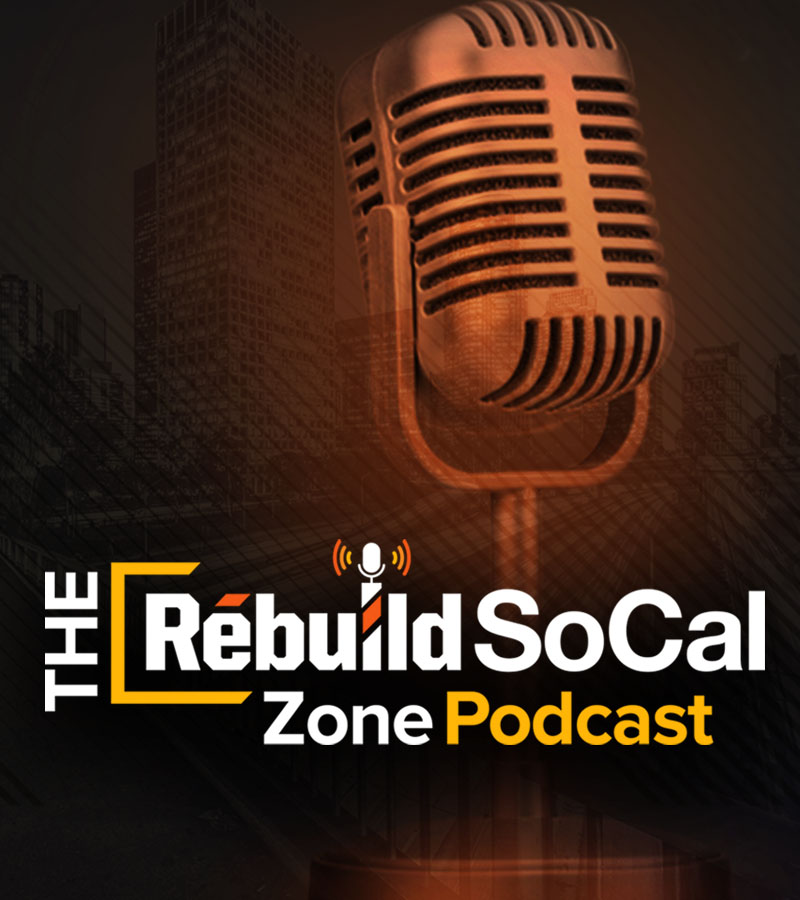Only 16% of Housing Permitted in 2020 Was Affordable
The Golden State isn’t golden for many as a new report card shows not nearly enough affordable housing was built and California cities and counties didn’t permit enough in 2020 to keep pace with demand.
With the pandemic shining a light on the greater need for affordable housing, the Southern California News Group’s third annual housing permit report card shows the majority of cities are earning C’s and D’s and there are twice as many F’s as there are A’s.
Housing needs
“California has underproduced housing for decades,” Adam Wood, a vice president at the Building Industry Association of Southern California, said. “If we went on a building spree, it would still take years to catch up; we have dug ourselves such a deep hole.”
According to state housing permit data, not nearly enough housing was built last year to keep up with the state’s mandates and the housing that was added wasn’t affordable to a majority of residents.
Cities and counties across California added about 740,000 permits in 2020 when they would need to have permitted about 940,000 by the end of last year. But the housing issue worsens when you consider how those 740,000 homes are distributed.
California’s housing department uses a process called the Regional Housing Needs Assessment (RHNA) to determine how many housing units are needed in various regions of the state in cycles that start every four to eight years. They fall into four categories:
- Very-low-income housing: Affordable for people making less than half of the median income in their area (currently 3.3 million Californian households)
- Low-income housing: People making 51-80% of median income (2 million households)
- Moderate-income housing: People making 81-120% of median income (2.8 million households)
- Above-moderate-income housing: People making more than 120% of median income (5.6 million households)
The report card revealed only the above-moderate-income housing category is doing well. Jurisdictions permitted 43% more units than they needed to be on track and 16% more than they’ll need to meet their final goals. Meanwhile, jurisdictions permitted only 18% of the very-low-income units, 26% of the low-income units, and 56% of the moderate-income units.
“It’s disappointing, but sadly not surprising,” said state Sen. Scott Wiener, D-San Francisco, chairperson of the Senate Housing Department. He says that NIMBYism (“not in my back yard”) remains the biggest challenge to ending California’s housing crisis. There’s “continued pushback to any meaningful housing development, a disconnect from the reality that communities face: There is a profound shortage of housing.”
There are consequences when cities and counties don’t meet housing goals:
- Sale prices increase
- Rents are high and continue to rise
- More people are at risk of dislocation
- Overcrowding impacts society, education, and health
Currently, about 8% of California households have more residents than rooms to sleep in. During the pandemic, overcrowded residents have had less space to keep their distance and have been more at risk of getting ill.
There will now be legal consequences and accountability as well. California’s Attorney General Rob Bonta has created a 12-member strike force to focus on tenant protections, mortgages, and on local governments that don’t comply with state housing laws.
“This is, I believe, something unique in the history of the California Department of Justice to have the priority and emphasis and focus on housing, law enforcement, that we have” with the new approach, Bonta said.
See the details of the Southern California News Group (SCNG) report card for judging how each county and municipality is doing with hitting its Regional Housing Needs Allocation (RHNA) numbers. Stay up-to-date on other important infrastructure issues by signing up for the Rebuild SoCal Partnership newsletter. Follow us on Facebook, Twitter, and Instagram, and listen to The Rebuild SoCal Zone podcast.

